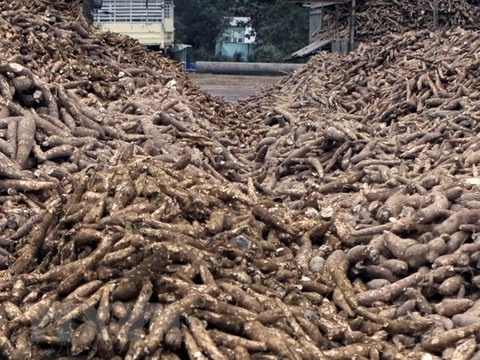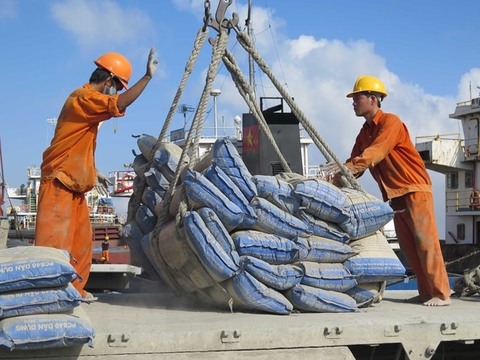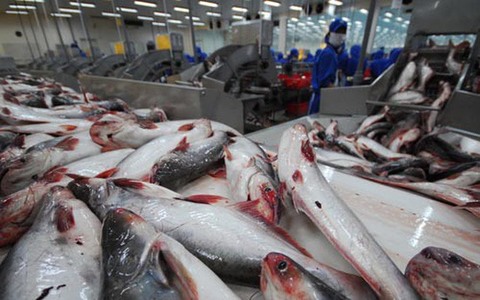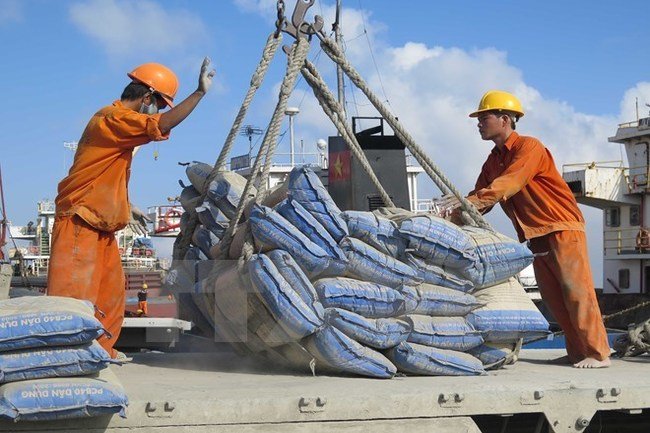Cassava industry faces big hurdles
Cassava industry faces big hurdles
Cassava processors are facing difficulties due to a raw material shortage and, especially, tightening of overland imports and erection of barriers to imports of farm produce by China, their largest export market.

According to the Viet Nam Cassava Association, there are 120 cassava starch factories in the country with a processing capacity of over 15.5 million tonnes.
But cassava production is only 8.8 million tonnes, meaning there is a shortfall of 6.7 million tonnes, it said.
Nghiem Minh Tien, permanent deputy chairman of the association, said most processing plants have not bothered to develop cassava growing areas and mainly buy from farmers, leading to fierce competition, pushing up prices and thus making their products less competitive.
“The rapid increase in the number of processing plants and processing capacity has disrupted the zoning plans for cassava.
“Besides, the industry heavily relies on the Chinese market, which accounts for 90 per cent of the country’s exports, mainly through land borders, and so China’s tightening of overland imports has caused it difficulties.”
Since November 15 last year China has banned imports through the Guangxi border gate.
Only 66 of the association’s member companies are now allowed to export via the Mong Cai border gate and some others through Bang Tuong.
Many other members have not obtained approval to export to China, and it is preparing to petition the Ministry of Agriculture and Rural Development to obtain Chinese approval, the association said.
It has petitioned the ministry to get Chinese permission for more Vietnamese firms to export cassava and specify technical and packaging requirements.
Speaking at a seminar in HCM City last week to seek solutions for the difficulties faced by the industry, MARD’s Deputy Minister of Agriculture and Rural Development Tran Thanh Nam instructed the Agro Processing and Market Development Authority to review the capacity of 120 processing factories and urge localities to be selective in approving new plants.
Nam also called on the authority to collaborate with the association to restructure the cassava industry.
Speaking about the technical barriers in the Chinese market, he said his ministry would send a note asking the Chinese side to offer training to Vietnamese enterprises in quality standards, including for the cassava industry.
Viet Nam exported 2.22 million tonnes of cassava and cassava products worth US$881.26 million in the first 11 months of 2018, a fall of 36.6 per cent in volume and 3.1 per cent in value from the previous year.



















